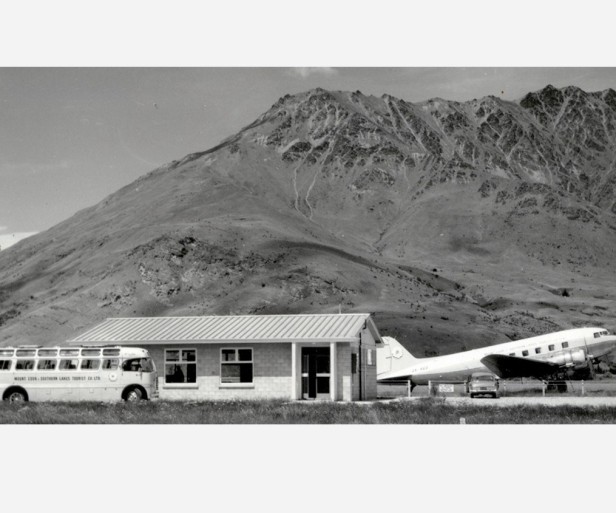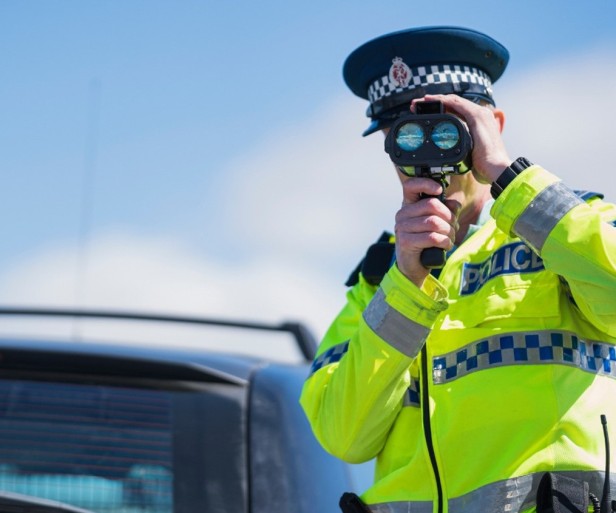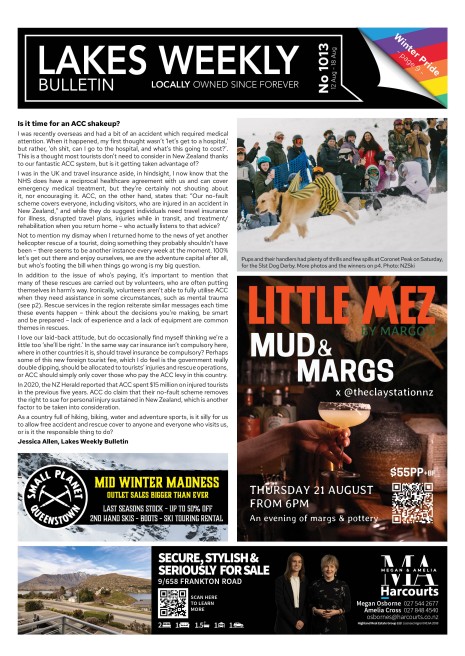December date for boiling water

Queenstown homes and businesses have been given timeframes for the end of the boil water notice, prompted by the cryptosporidiosis outbreak.
Properties supplied by the Kelvin Heights water supply network, which includes Frankton, could see the notice lifted by the end of the school holidays (8 October).
But those on the Two Mile network, including the CBD and Fernhill, face a 10-week wait as temporary UV treatment equipment is installed at the plant.
The estimated completion date is 8 December.
Queenstown's mayor Glyn Lewers says Queenstown Lakes District Council is also continuing to work with water regulator Taumata Arowai to explore options that would enable the boil water notice to be lifted earlier.
As of 10am today, there are 48 confirmed cases of cryptosporidium, 12 probable cases, and 3 under investigation.
QLDC issued the boil water notice on 18 September due to the outbreak.
It was then cemented in place by Taumata Arowai, who issued a 'non-compliance' order on QLDC due to the lack of a protozoa barrier at its Two Mile water treatment plant.
That left QLDC scrambling to find a solution, to help thousands of frustrated residents and businesses.
"Having asked for a plan by the end of this week, I am pleased to confirm that plan is now in place and we can start to provide more clarity about what the solution looks like and when we may be able to lift the boil water notice," Lewers says.
QLDC has ordered UV disinfection equipment, an effective barrier treatment against cryptosporidium, for the Two Mile water treatment plant.
But the right-sized equipment is not immediately available, so it will install temporary systems over the next 10 weeks.
"Once the larger equipment arrives, we will swap out the temporary systems for use elsewhere in the district," QLDC General Manager Property & Infrastructure Tony Avery says.
"This approach, and taking this opportunity to secure other units, means that we are able to promptly implement UV treatment not only at Two Mile but also water supplies at Western Wānaka, Beacon Point in Wānaka, and Luggate."
That 10-week programme for the temporary UV includes undertaking detailed design, procurement of the component parts and fabrication of the container housing for the equipment, delivery, site connection and commissioning, and flushing of the network.
Further details of the full programme, including the timeline for installing the larger UV reactors at Two Mile will be provided next week.
Avery says at the start of this week, QLDC submitted a plan to Taumata Arowai to isolate the Kelvin Heights water supply network from the Two Mile Network.
It already has effective barrier treatment against protozoa such as cryptosporidium.
QLDC is working hard to see normal service returned as quickly as possible, he says, and aims to lift that before the end of the school holidays.
“While we know people will be looking for more detailed steps, which we will be providing soon, we wanted to provide an indication of the timeline to resolve the current situation as soon as we had that date," Avery says.
Lewers says he's personally frustrated with the Kelvin Heights boil water notice in particular remaining in place any longer.
Testing of the Queenstown water supply continues to return negative results for the presence of cryptosporidium or other signs of contamination. The extensive sampling and testing programme is ongoing.
"Although Te Whatu Ora is reporting a steady increase in cases of cryptosporidiosis, these can all be linked back to the original outbreak," Lewers says.
"However, the source still has not been identified and we need to reinforce for now the need for people to adhere to the requirements of the boil water notice but increasingly the indicators point to their being no current contamination issue which is why we are pushing to lift the boil water notice in its entirety as soon as possible."
Yesterday, Te Whatu Ora Health New Zealand Southern advised a number of cases had been identified as secondary infections of cryptosporidiosis, meaning people who have been infected from people they live or work with.
Advice from Te Whatu Ora to minimise the risk of secondary infection is as follows:
- Wash your hands with lots of soap and water for at least 20 seconds and then dry them thoroughly on a clean towel
- Do not rely on hand sanitizer as this is not effective against cryptosporidium
- If someone in your household has cryptosporidiosis, ensure all surfaces, including door handles, are cleaned regularly with a cleaning product that contains hydrogen peroxide. Chlorine based products do not work against cryptosporidium and bleach-based products are not as effective
- QLDC will continue to provide ongoing messaging about the boil water notice and share relevant health advice from Te Whatu Ora Health New Zealand Southern









